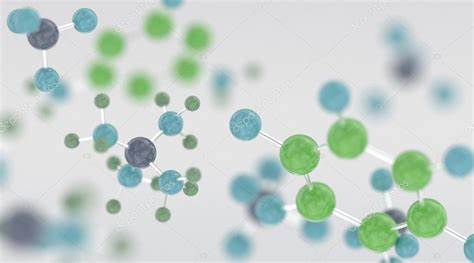Evolution, function and regulation of the stress defense system of microscopic fungi
Fungi have a robust and highly flexible stress defense system which incorporate both evolutionarily conserved and rapidly evolving elements. Owing to the efficiency of their stress defense system, fungi can adapt easily to a wide spectrum of environmental stress conditions, which explains the remarkable evolutionary success of these organisms. Although effective adaptation to harsh environmental conditions in the ecological niches occupied by fungi is of paramount importance for their survival, fungal stress biology is a relatively understudied area of mycology.
Elucidation of the elements and regulation of the stress defense system of fungi may lead to the development of new industrial strains with improved stress tolerance, new antifungal drugs and treatments, and the elaboration of novel strategies to control molds in our environment.
Our Research Group was established in 2022 and aims at a deeper understanding of the evolution, operation and regulation of the stress defense system of microscopic fungi, especially pathogenic plant, insect and human pathogenic ones. This project is organically coupled to and highly relies on the plethora of research data and experience we gained in the last quarter of a century.

Within the framework of this project we set the following research goals:
1. Identification of the set of stress genes and protein-protein interaction network patterns characteristic of the pathogenic lifestyle (generally or specifically), as well as the possible key stress response regulatory elements.
2. Observation of the microevolutionary changes of the stress response genes of the probiotic yeast Saccharomyces cerevisiae var. boulardii, which takes place in the human body.
3. A special attention will be paid to the detailed investigation of the role of Schizosaccharomyces pombe Atf1 and Aspergillus nidulans AtfA transcription factor orthologs in the stress response regulation of selected opportunistic human pathogen, insect pathogen and biotrophic plant pathogenic fungi.
4. Our research will also cover the identification of the protein interaction partners of Atf1-AtfA orthologs, as well as the investigation of their effects on the expression of secondary metabolite gene clusters.
This large-scale basic research project plan can only be fulfilled with the complex and combined application of fungal physiology, molecular genetics, “omics” (comparative genomics, transcriptomics, interactomics), systems biology, chemical analysis and virulence testing approaches and procedures.
We hope that, at least in the longer term, our research may also lead to the establishment of a systems biology model of stress protection in some important pathogenic fungi. Importantly, the expected results of the basic research project can already in the near future initiate applied, innovative research projects aimed at the development of new-type antimycotics, new biological control agents, mycotoxin detoxification and pharmaceutical raw material production technologies, as well as new generations of safer yeast-based probiotics.




